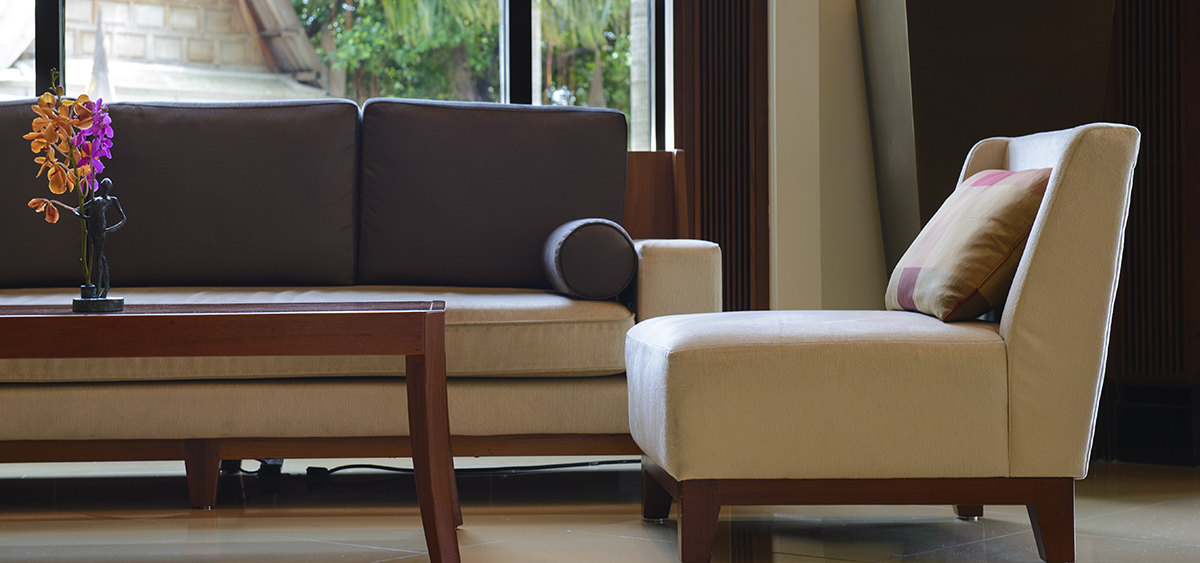The matrimonial regime of separation as to property can be created in a notarized marriage contract or in a judgment.

Spouses’ Rights and Powers During the Marriage
Each spouse is independent under the regime of separation as to property. For example, a spouse
- can manage, use and dispose of her property without her spouse’s consent, and
- is responsible for her own debts.
Partition of Property at the End of the Marriage
Unlike what happens with other matrimonial regimes, the property accumulated during the marriage is not partitioned or divided under the regime of separation as to property. There is one exception: the value of the family property, which is officially called the “family patrimony”. The family patrimony applies to all married couples, and it must be partitioned or divided if they break up. Under the regime of separation as to property, the spouses take back their own property after the marriage is over. Any property owned by both spouses is considered to be owned in equal shares, unless there’s proof that this isn’t the case.





